Don?t Stop and Smell These Flowers: The Poison Garden at Alnwick
The beauty of vast, luxurious gardens makes for some very popular places to visit, especially when looking for a restorative escape from the modern world. But there is one garden whose popularity comes for far different reasons. At Alnwick Castle in Northumberland, England, you will find a nursery of the deadliest variety.


Alongside the typical gardens you would expect to see near an English castle is the Poison Garden of Alnwick. Established in 2005, this unusual garden houses more than one hundred infamous killers; plants that throughout history have been responsible for countless deaths and illnesses, and used by many as an instrument of murder.
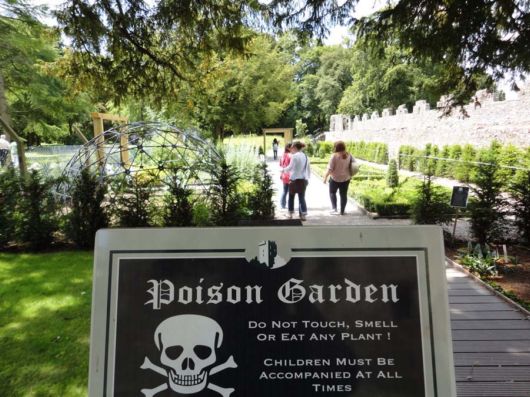
Upon entering, visitors are given specific warnings to which they better take heed; no one is to touch, ingest, or even smell any of the vegetation located behind the black gate. Parents who are willing to take their children on this tour must keep a very close eye on their young ones at all times. The cost of disobeying the rules in this garden are much more severe than a grounds-keeper scolding.

While the trumpet plant Brugmansia was described by the duchess as ?an amazing aphrodisiac before it kills you? and relaying that Victorian ladies sprinkled the pollen in their tea for LSD-inspired effects, further research into this plant suggests that the kind death it serves up is nowhere near pleasant ? causing sweat-soaked convulsions and foaming at the mouth.
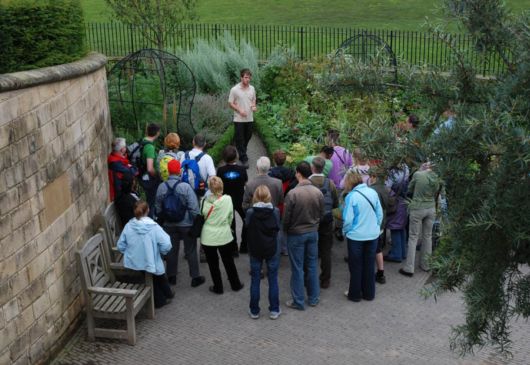
Even with the strict guidelines in place, visitors still on occasion succumb to the effects of the plants each year, most commonly by passing out from sniffing a few too many toxic fumes. The garden?s laurel hedges also grow wild in some parts of Britain, and have caused numerous deaths outside Alnwick. Locals who cut down the laurel hedges and attempt to haul them away in trucks often end up crashing when the freshly cut branch fumes put them to sleep while driving.
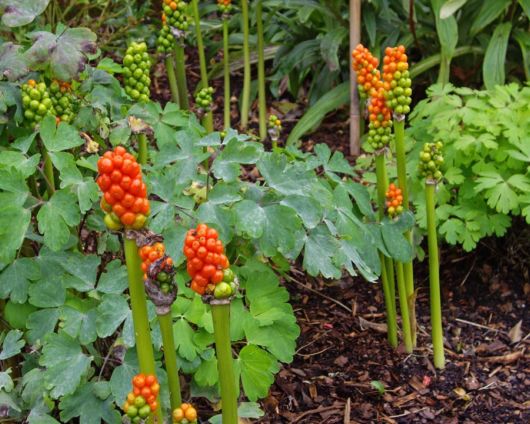
Though every portion of the Arum lily is poisonous, people still sometimes ?cook the toxins out? and eat the leaves.
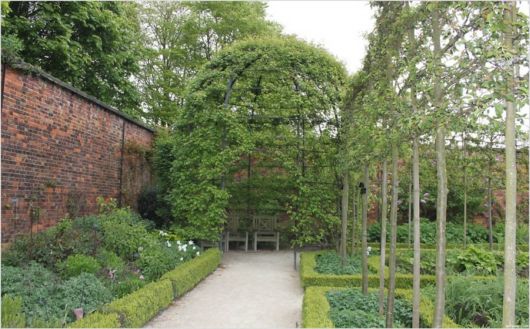
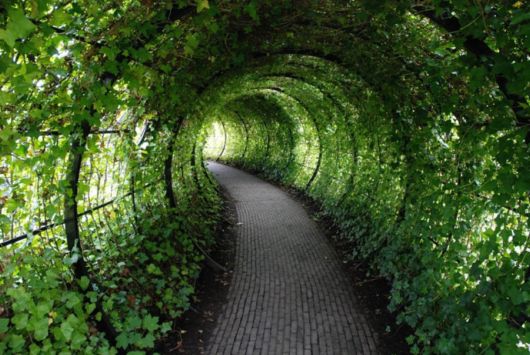
Potentially deadly, many of the plants contained within this garden are quite beautiful; an irony of nature that many have found captivating over the years.
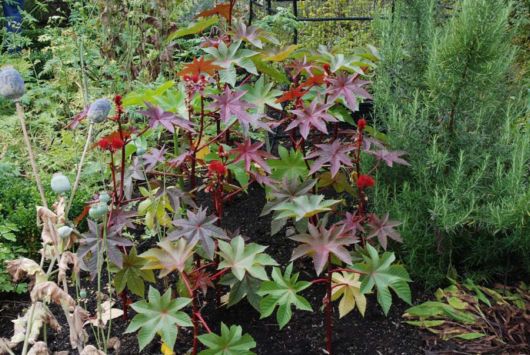
The Castor Oil plant contains the deadly and poisonous ricin within its seeds
It was this paradox?along with a trip to the infamous Medici poison garden in Italy?that set Duchess Jane Percy of Northumberland?s ?toxic? dream in motion. The Duchess wanted to transform the disheveled castle gardens into a unique tourist destination that would, oddly enough, appeal to kids.

?I thought, ?This is a way to interest children,’? Percy says. ?Children don?t care that aspirin comes from a bark of a tree. What?s really interesting is to know how a plant kills you, and how the patient dies, and what you feel like before you die.?
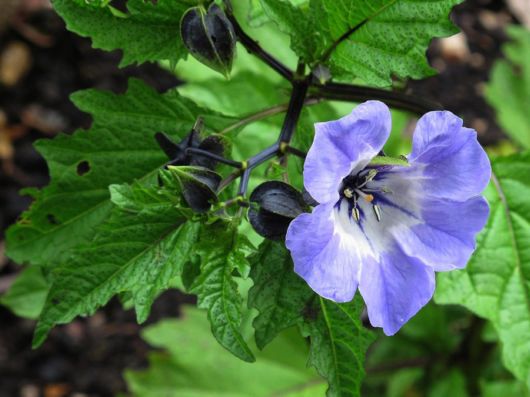
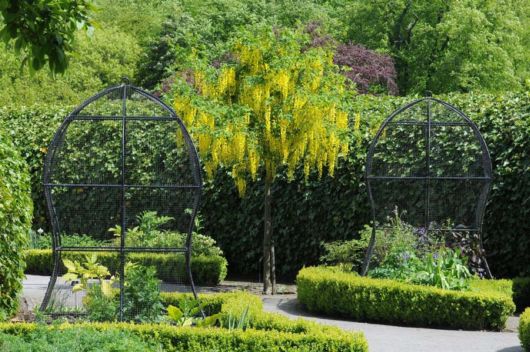
She continues, ?What?s extraordinary about the plants is that it?s the most common ones that people don?t know are killers.?
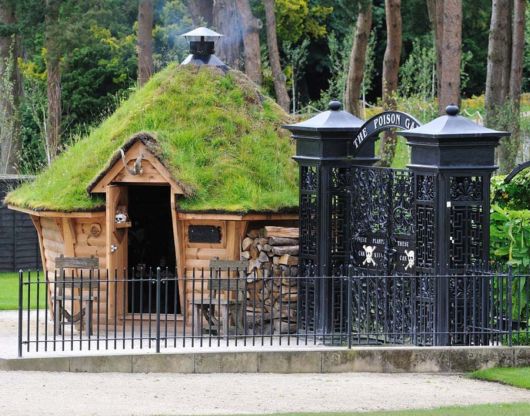
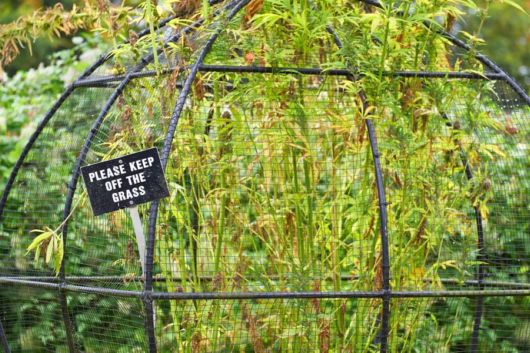
The garden has an additional section for plants that are ?toxic? in a different way. Duchess Percy has included a section in which she grows a variety of plants typically sought for drug use, from cannabis to cocaine. She and the guides use this portion of the park as a lead-in for drug education. ?It?s a way of educating the children, without them knowing they?re being educated? she says. A natural narrative on death and drugs: not exactly two topics that might be of immediate interest to children, but ones that you will surely encounter near Alnwick Castle.

